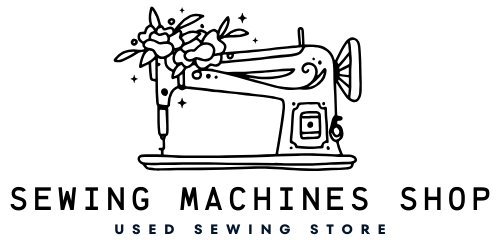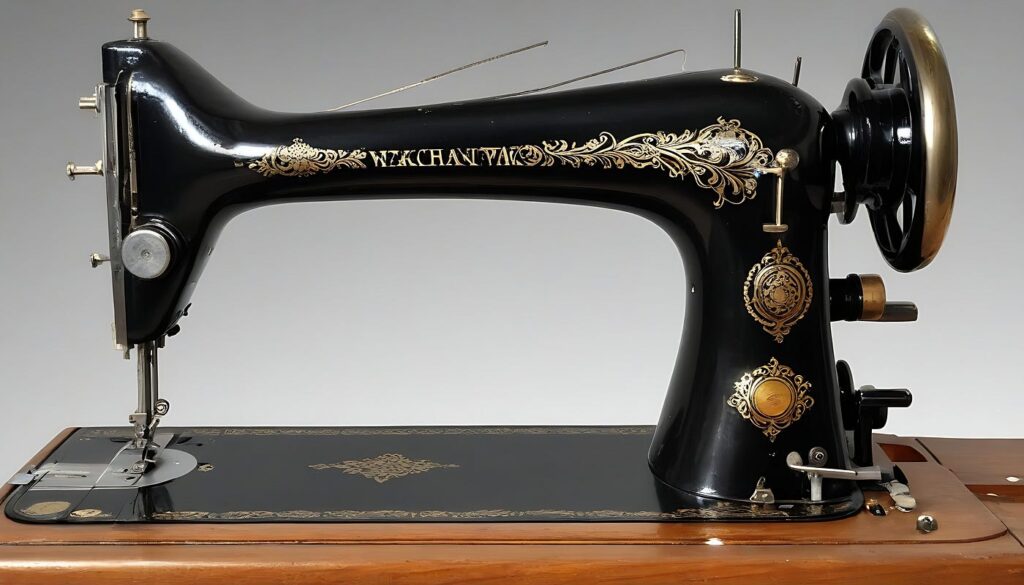
Looking to add a sewing machine to your craft room without breaking the bank? Or maybe you’re after a high-quality machine that’s no longer in production? Whatever your reason, buying a second-hand sewing machine can be a smart move. But, like with any second-hand purchase, it comes with its own set of challenges. This guide will walk you through everything you need to know to make a confident and informed decision.
Understanding the Benefits of Buying Second-Hand
Cost Savings
One of the biggest perks of buying a second-hand sewing machine is the price. New machines, especially those with advanced features, can be expensive. Opting for a pre-owned model can save you a significant amount of money, allowing you to get more bang for your buck.
Access to High-Quality Machines
Sometimes, older machines are built with superior craftsmanship compared to newer models. By purchasing a second-hand machine, you might be able to score a high-quality, durable model that’s no longer available in stores.
Sustainability and Eco-Friendliness
Let’s not forget the environmental benefits. Buying second-hand is a form of recycling, reducing demand for new machines and cutting down on waste. It’s a small step towards a more sustainable lifestyle.
Key Factors to Consider Before Buying
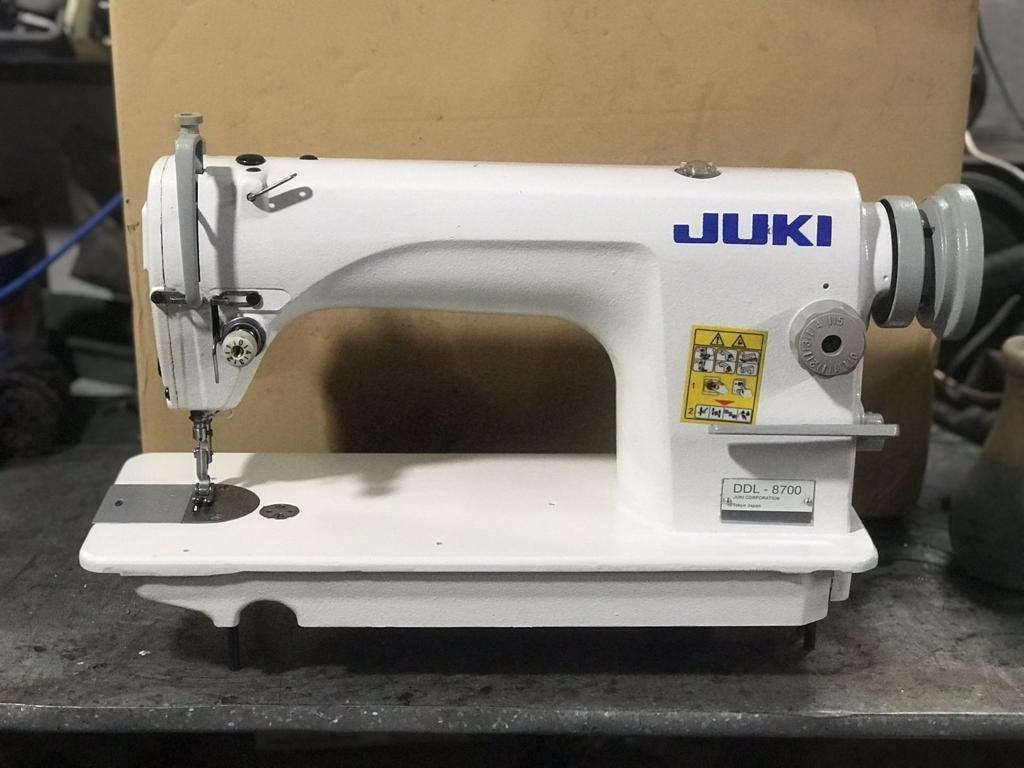
Assessing Your Sewing Needs
Before diving into the world of second-hand sewing machines, it’s important to have a clear understanding of your needs.
Type of Sewing Projects
Are you into quilting, garment-making, or just basic repairs? The type of projects you plan to tackle will determine the features you need in a machine.
Frequency of Use
How often do you sew? If you’re a casual sewer, a basic machine might suffice. But if you’re a daily user, you’ll want something more robust.
Budget Considerations
Set a budget before you start shopping. Keep in mind that while second-hand machines are cheaper, you might need to invest in repairs or servicing.
Brand and Model Research
Reputation of Brands
Some brands are known for their durability and ease of use. Do some research to find out which brands have the best reputation.
Features to Look For
Make a list of must-have features based on your sewing needs. This could include things like stitch variety, automatic threading, or even an embroidery option.
Where to Find Reliable Second-Hand Sewing Machines
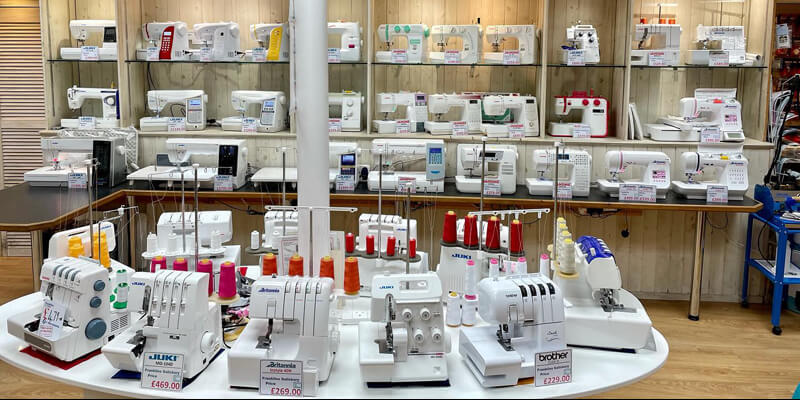
Online Marketplaces
Online platforms like eBay and Craigslist are popular places to find second-hand sewing machines.
eBay
eBay offers a wide range of options, from vintage machines to nearly new models. However, buying online comes with risks, so make sure to check seller ratings and reviews.
Craigslist
Craigslist can be a good place to find local deals, allowing you to inspect the machine before purchasing. Always meet in a public place and bring someone with you if possible.
Local Sewing Machine Shops
A local Sewing Machine Shop can be a goldmine for second-hand machines. These shops often refurbish machines, ensuring they’re in good working order before selling them.
Auctions, Estate Sales, and Thrift Stores
These venues can be a bit hit-or-miss, but sometimes you’ll find a gem at a great price. Patience is key when searching in these places.
Inspecting a Second-Hand Sewing Machine
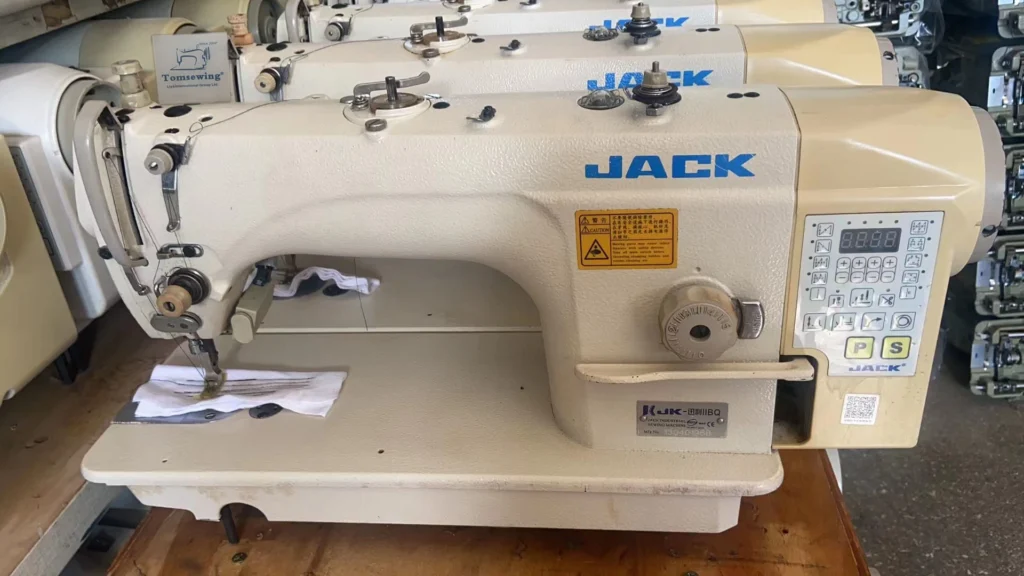
Visual Inspection
Before you buy, it’s crucial to thoroughly inspect the machine.
Checking for Wear and Tear
Look for any obvious signs of wear, such as rust, loose parts, or cracks. These could indicate how well the machine has been maintained.
Inspecting the Bobbin and Needle Area
These areas can reveal a lot about the machine’s condition. Make sure everything is clean and in working order.
Testing the Machine
Always test a second-hand machine before making a purchase.
Stitch Quality Check
Run the machine through its paces with different fabrics to check the stitch quality. Uneven stitches could indicate underlying issues.
Smooth Operation
Listen for any unusual noises and feel for smooth operation. Any grinding or clunking sounds are red flags.
Questions to Ask the Seller
Reason for Sale
Understanding why the seller is parting with the machine can provide insight into its condition. Are they upgrading, or does the machine have issues?
Maintenance History
Ask if the machine has been regularly serviced. A well-maintained machine is likely to last longer and perform better.
Negotiating the Price
Understanding Market Value
Do some research to understand the going rate for the model you’re interested in. This knowledge will give you a stronger position in negotiations.
Strategies for Effective Negotiation
Be polite but firm. Don’t be afraid to point out any flaws as leverage for a lower price.
Timing Your Purchase
Certain times of the year, like after the holidays, might offer better deals as people clear out their old machines to make way for new ones.
Finalizing the Purchase
Securing a Fair Deal
Ensure that the agreed price reflects the machine’s condition and market value. Don’t rush the process; take your time to finalize the details.
Payment Methods
Cash is often preferred for second-hand deals, but be cautious. If possible, use a secure payment method that offers some level of buyer protection.
Getting a Warranty or Guarantee
While rare, some sellers or shops might offer a short-term warranty or guarantee. This can give you extra peace of mind with your purchase.
Post-Purchase Tips
Cleaning and Servicing the Machine
Once you bring your new-to-you machine home, give it a thorough cleaning and service. This will help ensure it operates smoothly.
Sourcing Parts and Accessories
You might need additional parts or accessories to get the machine up and running. Check with your local Sewing Machine Shop or online retailers for what you need.
Learning How to Use Your New Machine
If your second-hand machine is different from what you’re used to, take some time to learn its quirks. Manuals or online tutorials can be incredibly helpful.
Common Pitfalls to Avoid
Rushing the Purchase
Take your time. Don’t let excitement rush you into a bad decision. It’s better to walk away and find a better deal than to regret your purchase.
Ignoring Red Flags
If something feels off, trust your instincts. Whether it’s the seller’s behavior or the machine’s condition, don’t ignore red flags.
Not Testing the Machine Thoroughly
Make sure to test every feature and function of the machine. A machine might appear to be in good condition at first glance, but it’s the performance that counts. Don’t skip this critical step.
Conclusion
Buying a second-hand sewing machine can be a savvy choice if done correctly. It offers a chance to save money, access high-quality machines, and make an eco-friendly choice. However, it’s important to approach the purchase with caution. By understanding your needs, carefully inspecting the machine, and negotiating wisely, you can find a great deal that meets your sewing requirements. With the tips and advice provided in this guide, you’re well-equipped to make a smart and informed decision.
FAQs
Is it better to buy a used or new sewing machine?
The choice between a used or new sewing machine depends on your budget and needs. Used sewing machines can offer excellent value, especially if they’re high-quality models that have been well maintained. However, new machines come with warranties and the latest technology. Consider what features you need and how often you’ll use the machine.
How can I ensure the used machine is in good condition?
To ensure a used machine is in good condition, perform a thorough visual inspection, test its functionality, and ask the seller about its maintenance history. Look for signs of wear and tear and check if the machine runs smoothly and produces even stitches.
What should I do if my second-hand machine needs repairs?
If your second-hand machine needs repairs, take it to a qualified technician or a local Sewing Machine Shop. They can diagnose and fix any issues. Keep in mind that repairs might be an additional cost, so factor this into your overall budget.
Can I return a second-hand sewing machine if it has issues?
Returning a second-hand sewing machine can be challenging. Many second-hand sales are final, especially when buying from private sellers. If buying from a shop, inquire about their return policy beforehand. For online purchases, check if the seller offers any return options.
What are the best brands for second-hand sewing machines?
Brands known for their durability and reliability, such as Singer, Brother, Janome, and Bernina, are often great choices for second-hand machines. These brands have a reputation for quality and are more likely to offer good performance even when used.
For more insightful articles, visit our Medium page !
